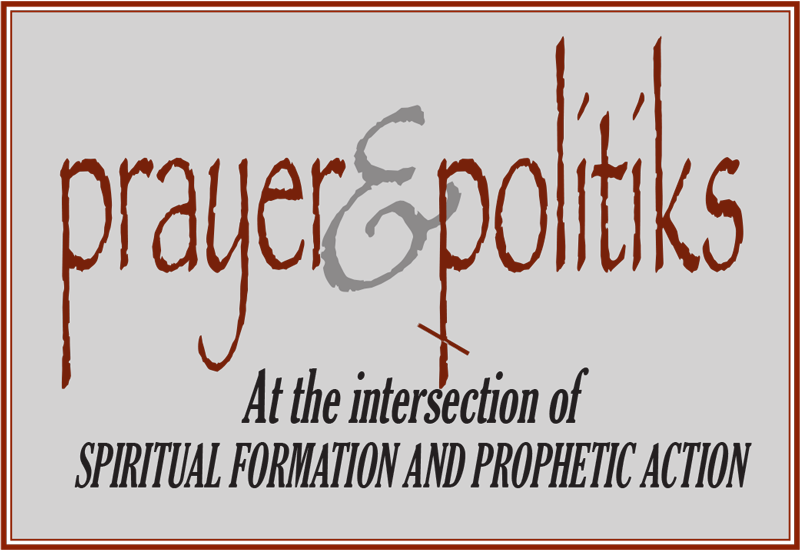Raised in Egypt and teaching for forty years in institutes in Egypt, Lebanon, Jerusalem and Cyprus, Bailey has tried to understand the gospels more adequately in the light of Middle Eastern culture.
The written sources he considers are ancient, medieval and modern. The ancient sources linguistically are Aramaic, Hebrew, Syriac and Arabic. The early Christian tradition was not only Greek and Latin; Syriac was the third international language of the early church (p 11). The Arabic Christian tradition became important in the eighth century, and Bailey draws on key Arabic theologians of the middle ages; he focuses on Arabic new testaments; ‘translations are always interpretation and they preserve an understanding of the text that was current in the church that produced them’ (p 13).
Bailey’s essays ‘not only focus on culture but also on rhetoric’ (p 13). He attempts ‘to identify new perspectives from the Eastern traditions’ (p 21), drawing from the Arabic speaking world.
Read more ›
